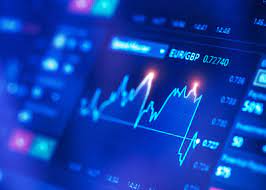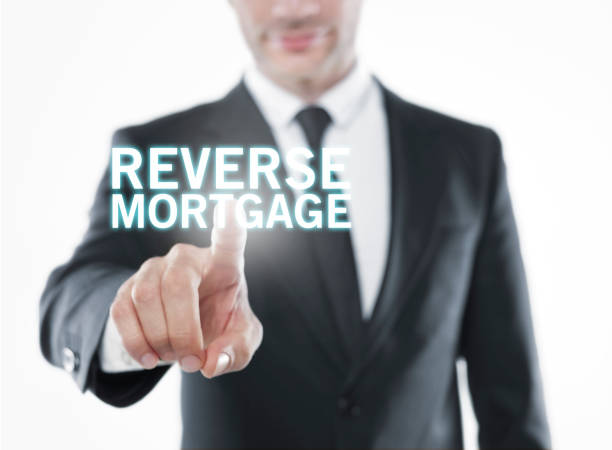How to get started with forex trading
Forex trading is becoming increasingly popular in the UK, and it is seen by quite a few people as a lucrative and exciting new opportunity. Forex, short for foreign exchange, is where one currency is converted into another. Additionally, the forex trading market is one of the most actively traded markets in the world and has an average daily trading volume of $5 trillion. You can also trade multiple currency pairs 24 hours a day, 6 days a week.
Getting into forex trading, especially if you are a novice in working with financial instruments, can be overwhelming. As such, we’ve broken down the steps it takes to trade forex for you to better understand. For those interested in this topic, make sure you continue reading below to learn more about online forex trading.
Educate yourself on the topic
It is extremely important as a beginner that you thoroughly research what forex trading exactly entails. It is better that you learn more rather than learn too little and make unnecessary mistakes when trading. Fortunately, with trading becoming more transparent and popular, there are plenty of educational materials online for you to check out. This can include reading articles, participating in webinars, buying courses, watching tutorials and videos, or just reading books on this topic. Once you have taken the time to go through all this information, it can help you to establish your forex trading skills and trading strategies. You will also be able to cultivate necessary soft skills such as discipline, patience, flexibility, and tolerance, that can help you to make better trades.
Choose a broker
In order to get started with forex trading, you need to get in touch with a broker that will allow you to access the forex exchange. This is because most retail traders cannot buy forex directly from the major banks – they have to use a forex trading provider. These forex trading strategies generally work with the banks on your behalf – so they are the ones helping you to find the best available prices. Some providers may even allow you direct access to the market maker’s order books. This is specifically called direct market access (MA), which allows advanced traders to buy and sell forex without the spread.
Therefore, because money is involved, it is essential that you are working with a trustworthy brokerage firm. So always take the time to do your research to find the best broker suited to your financial goals. One way to make sure your broker is reputable is that it is regulated by a major governing body. For the UK, this one is usually the Financial Conduct Authority (FCA). You should also compare their fees and services, and whether you may have to pay additional charges (such as monthly commission fees, etc).
Open a forex trading account
Of course, in order to actually start trading, you will have to open a forex trading account. There are three main types of trading accounts that you can pick, depending on how much you want to trade, your risk tolerance level and the size of your investments. These are mini or micro accounts, standard accounts, and managed accounts. Each type of account will have its own advantages, requirements, and limitations. So, you should carefully read through the features of each type of account and make sure to pick the one that is best suited to your trading style.
To open a forex account, there are a few things you need to do:
Collect the necessary information
Most providers require you to give in the following personal information to them before you can register and open a forex trading account:
- Your name, phone number and email address
- Your account currency
- Your trading account password
- Your date of birth and country of citizenship
- Your employment status, tax ID or social security number
- Your net worth, annual income, trading experience, and trading goals/objectives
Complete the application
After visiting your broker’s website, you can review the different accounts available. You can then pick the account type you will use. Once you have made your choice, you can immediately start your application. Most applications are completed online now. Only after you have completed your application form will you be given a password and username by your provider. This allows you to access your online trading account and log into your brokerage’s client portal.
Transfer funds
You then need to transfer funds from your bank account into your new trading account. After all, if you have no funds, then you cannot make any trades! This transfer can be done either through a credit or debit card, or an electronic bank transfer. Of course, make sure to check with your broker whether you need to pay interest depending on your chosen payment method. Once youraccount has funds in it, you can finally start forex trading!
Choose a currency pair
Forex generally works by trading currency pairs. These currency pairs will tell you how much a currency is worth in comparison to another one. The base currency is usually listed as the first currency in the pair, with the second currency being the quote currency. This is because forex trading always involves selling one currency to buy another one, so they are always quoted in pairs.
For instance, GBP/USD is a pair that tells you to buy the pound and sell the US dollar. If the pound rises, that means a single pound will be worth more dollars, so the pair’s price increases. Vice versa, if it drops, the pair’s price will fall. If you think the base currency is going to strengthen against the quote currency, you can choose to buy the pair (going long). On the flip side, if you think the base currency will weaken, you can sell the pair (going short).
Execute your position
After you have analysed the charts and picked a currency pair, you can start trading immediately. You only need to open the deal ticket for your particular market, which will reveal all the buy and sell prices listed. You will also be able to choose the size of your trade and add any stops or limits. These stops and limits will close your trade once it hits a certain threshold, helping you to reduce risk from market fluctuations. If you pick to buy, you will open a long position. If you pick sell, you will open a short position.
Of course, when you have made the trade, you need to continue to monitor it, in case of any adverse or sudden market movements occurring. Your provider should give you the necessary tools to help you keep check on your trading positions.
You can also place different orders, though most traders generally pick one of the two. A market order means you instruct your broker to buy or sell according to the current market rate. You can also place a limit order, meaning you tell your broker to execute a position at a certain price instead of the current market rate.https://zoombazi.com/





